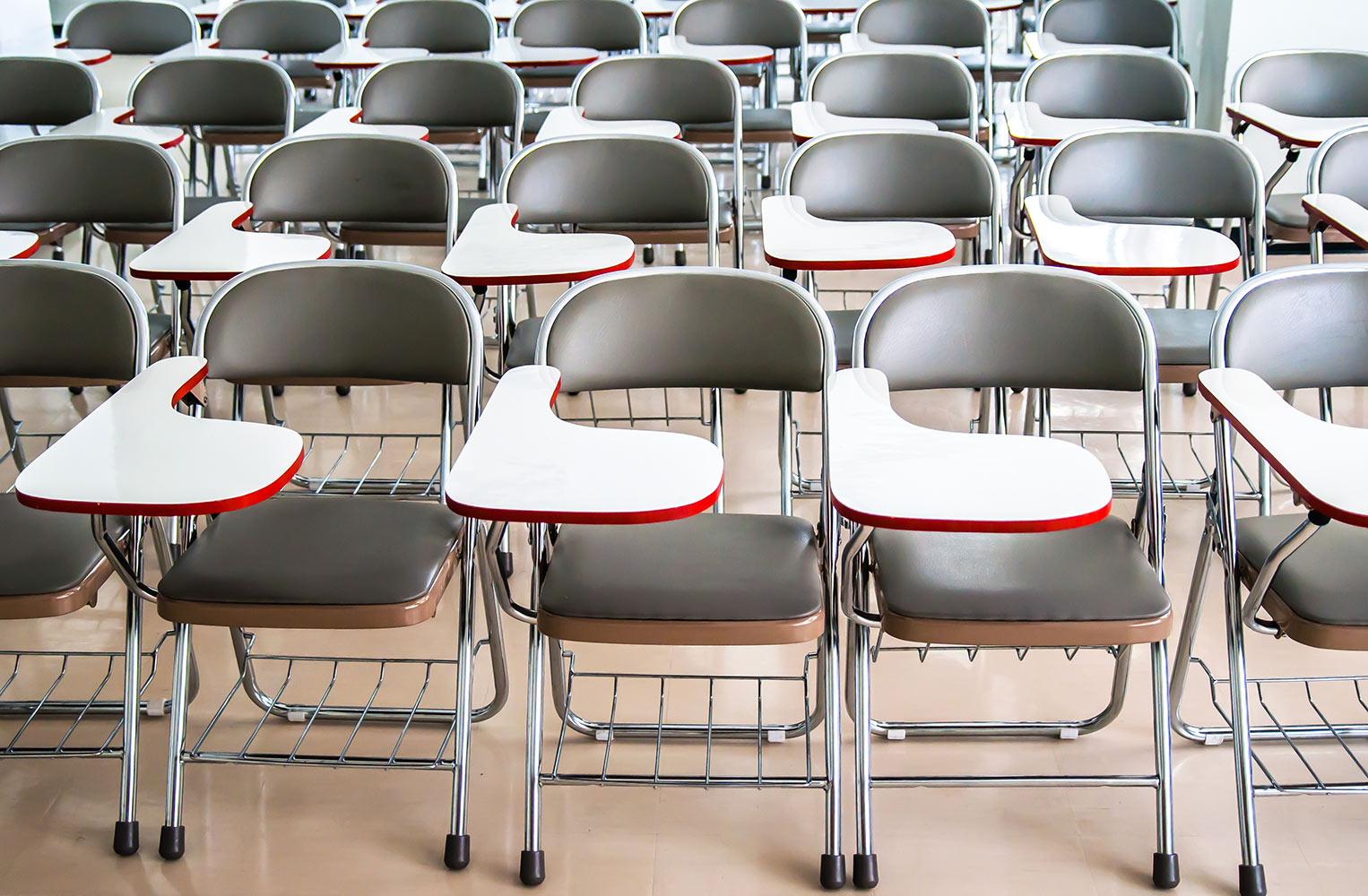
T-TESS
Texas Teacher Evaluation and Support System
"The primary purpose of appraisal is to help us better understand what’s working, what’s not working, and what we can do to improve moving forward."
What is T-TESS?
T-TESS is our teacher appraisal system, which replaced the old PDAS system. Ultimately, the T-TESS system is about collaboration, reflection, and professional growth.
How will T-TESS be different than PDAS???
- Student-centered lesson design and learning environment critical.
- Systems will need to be put in place (you'll see when you look @ the rubric)
- You will meet and collaborate with your supervisor more.
- With it being a growth model, and its structure/ activities, you will grow more as a teacher.
- Proficient will become more of the norm. Proficient= Professional
- You'll know exactly when we're coming, and we'll have discussed the lesson prior.
- Higher emphasis on goal-setting and attainment.
Miscellaneous
- Some things were probably a little "messy" with last year being our first year. Overall good system for growth.
- Scoring the lesson, not the teacher.
- Observations will consist of Pre-Conference, Observation, & Post Conference
- Observations will focus on Domains 2 & 3
- PDAS Appraisers
3 Components of T-TESS
T-TESS Sequence
Orientation-->Goal Setting-->Pre-Conference-->Observation-->Post-Conference-->End-of-Year Conference
Kelly is hosting an optional goal-setting session tomorrow at 9:00 in the library
T-TESS Rubric Overview- Domains, Dimensions, & Performance Levels
The T-TESS Rubric includes: 4 Domains and 16 Dimensions, descriptors of practices, and 5 performance levels; Distinguished, Accomplished, Proficient, Developing, and Improvement Needed.
Learner-Centered Actions <------------------------------------------------------- Teacher-Centered Actions
Learner-centered lessons will score well.
Look Fors in each Domain
What types of things will we be looking for???
The T-TESS Rubric- Let's Break it Down
Unpack the rubric with a partner or two, or individually
Brain Dump- One Minute Paper
FF to 2:58
Goal-Setting- Through Appraise
- 2-3 SMART Goals due no later than September 31.
- Completed through Eduphoria Strive
- *One goal will be to complete the Bingo Board of Innovation, which ties to our campus vision of being innovative. Choose 1-2 personal goals.
- T-TESS recommends goals being closely aligned to descriptors on the rubric – they should be about a practice and should be specific (“differentiate better” is not a specific goal). Pick a dimension you would like to improve.
- The activity plan should both spell out the steps you will take to accomplish the goal (so we can determine if those steps were effective) and determine what goal accomplishment will look like – how do we know if the goal has been reached?
- The goal-setting and professional development plan gets rated at the end of the year. Dimensions 4.2 and 4.3 cover goals and professional development, respectively.
- The GSPD plan process is where, during the EOY conference, evidence is synthesized to determine the following year’s goals. This is the piece of the process that keeps the continuous improvement process continuous.
Getting started on goal-setting...
- Use last year's Bingo Board goal as your model to write this year's goal. Those of you who are new, check with your mentor or a teammate to see how they wrote theirs.
On your own- Self-assess/ score a typical lesson in your classroom.
Teacher Resources
Evaluation Process Overview
Rubric Training
Calibration Videos
Rubric Training
Calibration Videos










